The Xiaomi Mi 11 Lite comes in two variants: A 5G version with a Snapdragon 780G chipset, and a 4G version (which is the one we have) that packs a Snapdragon 732G processor and a cheaper price of PHP 14,990. It’s the most affordable phone in the Mi 11 series that you can get, but of course, it’s got a few drawbacks from its flagship-grade siblings and even to its 5G edition. We’ve been using it for more than a week now and this is our full review.

Table of Contents
Design and Construction
When Xiaomi said “lite”, they probably meant it literally too since this device is seriously lightweight at 157g. It’s even lighter than most budget smartphones today, which makes it a bit awkward to hold as someone who’s used to hefty phones. It takes some getting used to—especially if you have man-sized hands.
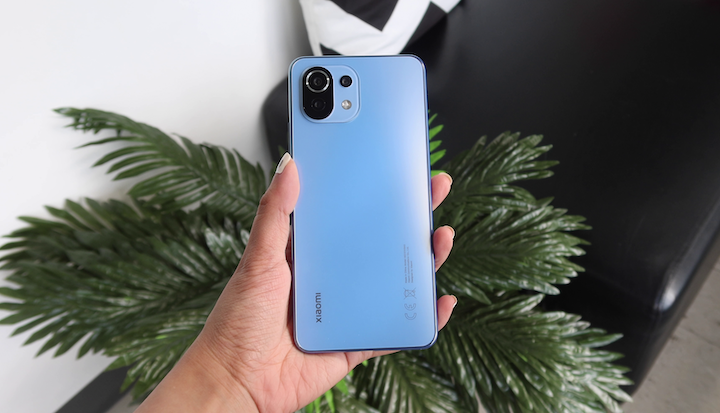
Then again, it doesn’t give a cheap impression at all. Its smooth frosted glass back and dazzling design give off an elegant touch that’s a lot similar to the other higher models in the Mi 11 series. What sets it apart though, is its flat structure which doesn’t really bother us that much as its feathery weight makes it easy to grip. We also like how it doesn’t attract many fingerprint smudges. The unit we have is in the Bubblegum Blue colorway, and this 4G version is also available in Boba Black and Peach Pink.

Its camera module inherits the square-shaped Mi 11 design with a slim bump that can be fixed when topped with a case. It has three lenses in it, together with the LED flash. Then at the bottom part of the rear is some subtle Xiaomi branding.
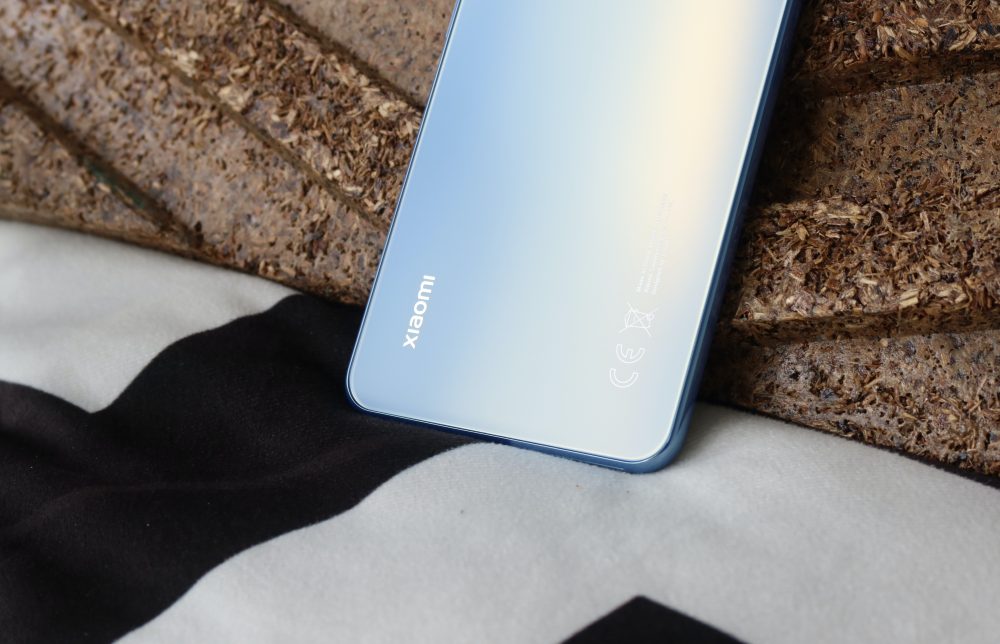
For buttons and ports, there’s nothing on the left side, but on the right are the volume rocker and the slightly curved power button which doubles as a fingerprint scanner.

Up top, there’s an IR blaster and a secondary microphone.

While at the bottom are the loudspeaker, USB Type-C port, main microphone, and a hybrid card slot for either 2 nano-SIM cards or 1 nano-SIM plus a microSD card. There’s no headphone port here but we do get a free Type-C to headphone jack adapter in the box.
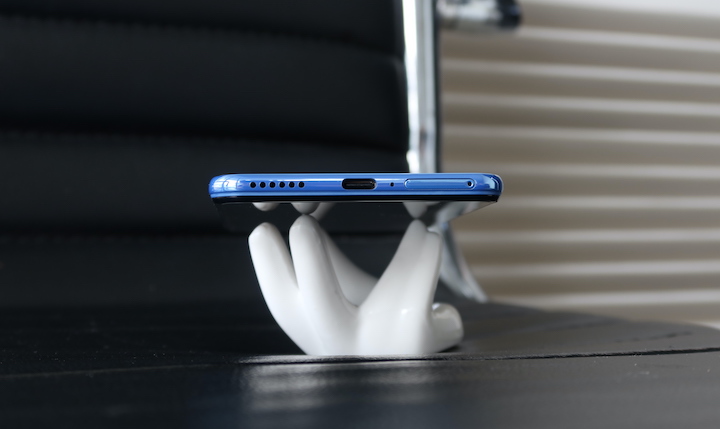
Display and Multimedia
Focusing on display, the Xiaomi Mi 11 Lite is fitted with a 6.55-inch AMOLED screen with a resolution of 2400 x 1080px and a pixel density of 402ppi. It doesn’t have some curved sides like its siblings but we do still get a 240Hz touch sampling rate and up to 90Hz refresh rate that you can tone down to 60Hz if you want to save battery life.

The bezels all around are slim and on the upper right side resides the selfie camera. Of course, on top of the display is the call speaker. We get Corning Gorilla Glass 5 for protection, and it’s worth mentioning that the 5G edition gets a layer of Gorilla Glass 6. This LTE version also supports HDR10 while the 5G one supports HDR10+.
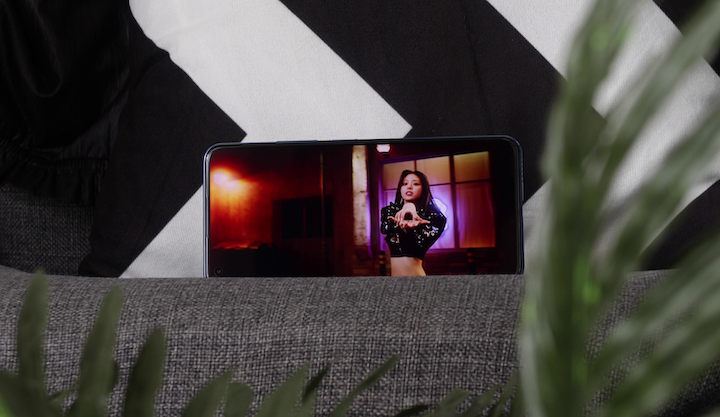
Either way, if we’re not gonna compare, this AMOLED display looks vibrant on its own with accurate colors and inky blacks. It supports 10-bit color as well so it can display up to 1.07 billion colors—which is something that we can find in a few flagship smartphones today.
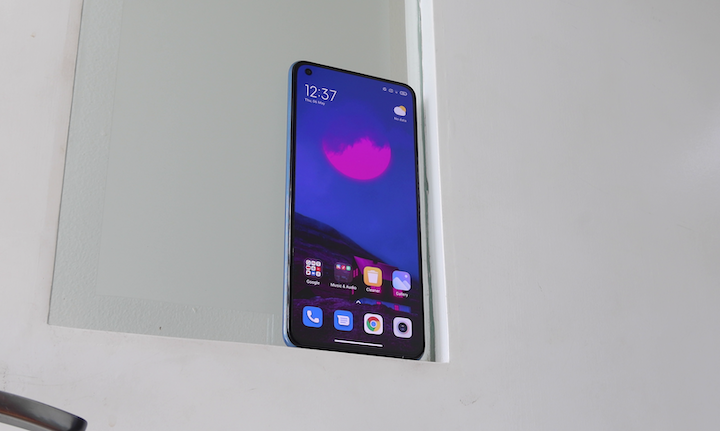
In the display settings, you can switch between the usual Light Mode and Dark Mode; turn on Sunlight Mode to adjust the brightness to intense ambient light when automatic brightness is off; and you can even take advantage of the Reading mode, which asides from reducing the amount of blue light, it has a Paper mode that gives an additional paper texture for your reading sessions.

You can also change the color scheme to the Original, Saturated, and Auto option that automatically blends the colors based on your current lighting. The Always-On Display feature is also available, and it is packed with numerous themes that are all customizable.
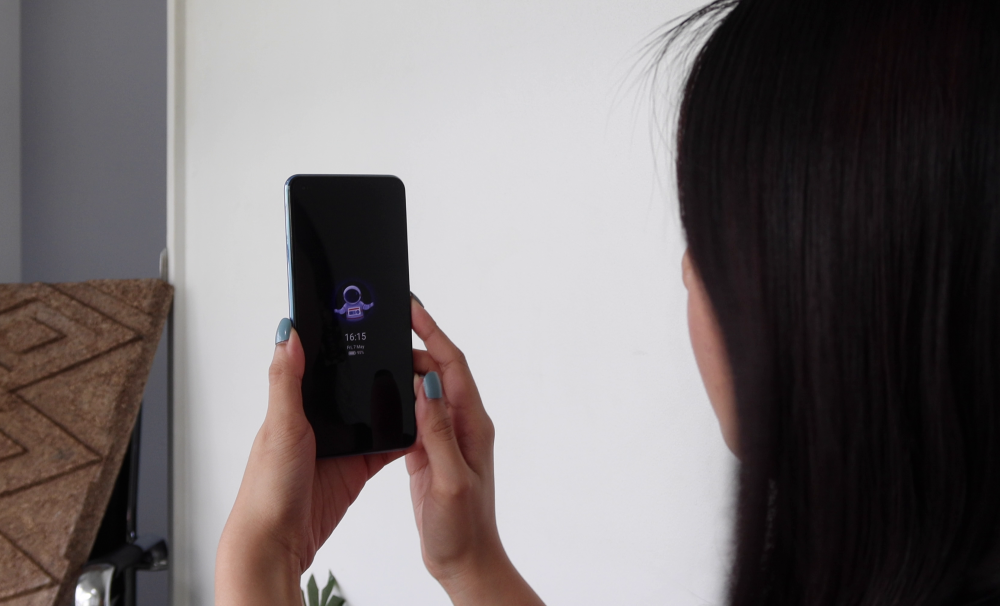
As for audio quality, its dual speakers can get loud enough for a medium-sized room, and it’s actually outstanding for a mid-range device. There’s clarity and noticeable highs and mids, however, don’t expect much bass on it.
Cameras
When it comes to cameras, unlike its Mi 11 big brothers that have high-grade camera systems, the Mi 11 Lite gets a few trimming in this category. Its triple rear shooters are composed of a 64MP F1.8 main, an 8MP F2.2 ultrawide, and a 5MP F2.4 telemacro lens that promises 2x magnification compared to normal macro lenses. As for selfies, it has a 16MP F2.5 front camera.
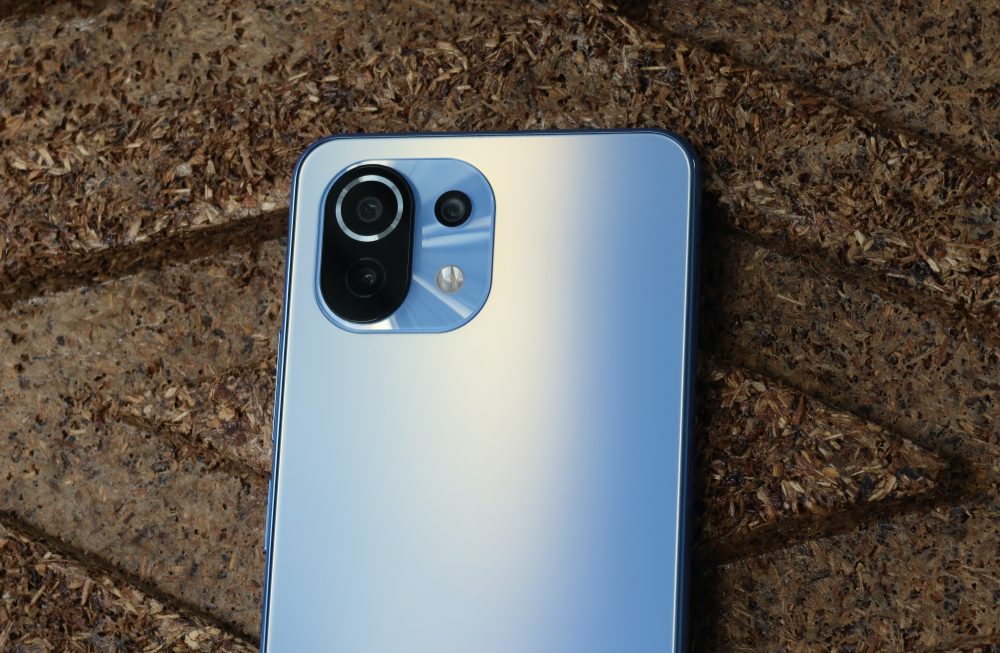
The camera app itself should be familiar for old-time Android users and you can still find here some of Xiaomi’s quirky camera features such as short video, vlog mode, dual video, long exposure, clone, and movie effects for those awesome transitions.
Quality-wise, shots taken from the rear cameras often look sharp with accurate colors and decent dynamic range, especially under good lighting conditions. Leaving the AI turned on gives off a small image boost that still maintains good color reproduction. The standard mode also gives a depth effect which is nice.
The wide-angle camera provides almost the same quality as the standard mode, however, it tends to have some subtle fisheye effect sometimes. Macro mode, on the other hand, works very well. We get good subject background separation and high-quality details. For night photography, using its dedicated night mode gives a slight boost in exposure but it can still seem shadowy oftentimes.
As for its front camera, there’s no wide-angle option available, but quality-wise, photos look natural, a bit smooth, and fall more on warmer tones. When you use the portrait mode though, it struggles in dynamic range. But then if you use the normal selfie camera, the HDR works fine. It’s weird, but hopefully it can be fixed with a software update.
Talk about video quality, you can record up to 4k at 30fps, however, you can only use the steady video stabilization for 1080p at 30fps. It comes with cool native video features like tracking moving objects, beautify, and movie filters. Moreover, you can also use the Pro mode for shooting videos.
OS, UI, and Apps
Running the software is Xiaomi’s MIUI 12 based on Android 11, and it features a familiar organized interface that offers a number of customization options. It still comes with a few ads and pre-installed apps such as Google, Facebook, Netflix, and some Xiaomi proprietary apps that you can uninstall if you don’t plan on using them.
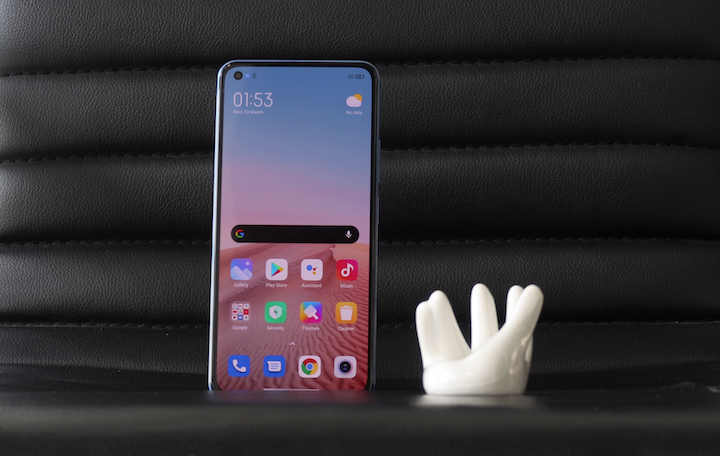
Now, MIUI 12 also provides the option to use either the usual Android drop-down notification and control center format or the newer style that’s a lot similar to the iOS design. Moreover, you can navigate with gestures or the on-display buttons, and you can also use an app drawer if you prefer. If you want to keep things simple, you can turn on the Lite mode launcher in the home screen options.

With an IR blaster on board, you can use the Mi 11 Lite as a universal remote via the Mi remote app. While other features include second space, Video Toolbox, floating window, one-handed mode, digital wellbeing, and parental controls.
Out of the 128GB of internal storage, we get a usable 111GB that’s expandable up to 512GB through the hybrid card slot.

Performance and Benchmarks
Under the hood, the LTE Mi 11 Lite is equipped with a Qualcomm Snapdragon 732G chipset, an Adreno 618 GPU, and 8GB of RAM. It is lower compared to other smartphones in the Mi 11 series, but nonetheless, it runs smoothly for basic tasks such as video streaming, web, and social media browsing, messaging, and even recording videos.
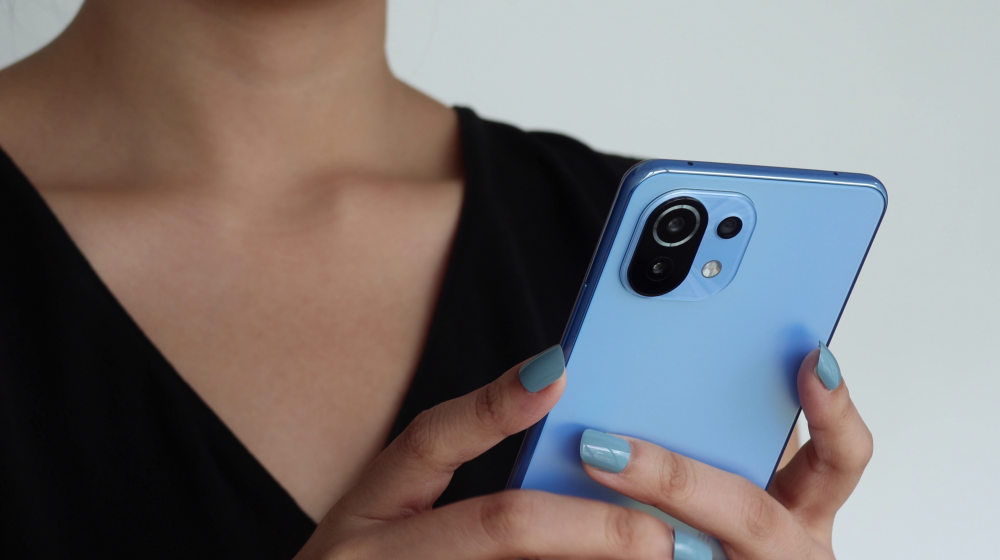
For gaming, it can run heavy titles such as Genshin Impact, Asphalt 9, and PUBG Mobile steadily with some occasional frame drops every now and then. You can turn on the Game Turbo for a boosted gaming experience or switch the graphic settings to the lowest available for better optimization.

Here are the results we got in our standard benchmark apps:
- AnTuTu v8 – 289,578
- Geekbench 5 – 485 (Single-core), 1,651 (Multi-core)
- PCMark – 8,107 (Work 2.0)
- 3DMark – 2,615 (SSE – OpenGL ES), 1,104 (SSE – Vulkan)
- AndroBench – 505.91 MB/s (Read), 271.88 MB/s (Write)
For biometrics, you can unlock the device via facial recognition and the side-mounted fingerprint scanner. Both are snappy and reliable, but surely expect the physical fingerprint sensor to work faster.
Connectivity and Battery Life
The Xiaomi Mi 11 Lite is equipped with dual SIM 4G LTE, WiFi, Bluetooth 5.1, GPS, Android Auto, screencast, and NFC.
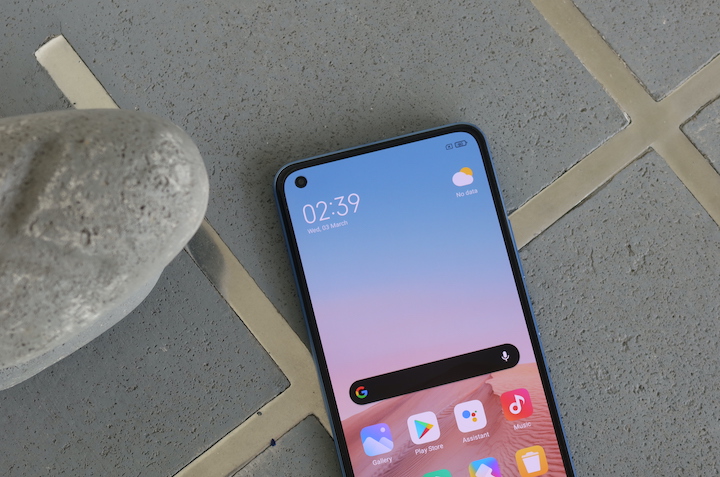
With a slim body, the Mi 11 Lite is loaded with a decent 4,250mAh battery with 33W fast charging. It comes with a complete charger in the package that can juice up the device within 1 hour from 0 to 100%.

We ran it through the PCMark’s battery test under a 90Hz display, and it got a fair 12 hours and 54 minutes. Meanwhile, in our standard video loop test which entails playing a 1080p video on loop at 50% brightness, 0% volume, and airplane mode turned on, it yielded a very good 21 hours and 10 minutes. So it can last you a full day if you’re not a heavy user.
Conclusion
The Xiaomi Mi 11 Lite has an official price of PHP 14,990 which sure is more affordable than the other smartphones in the Mi 11 series. As a mid-range device on its own, it’s pretty straightforward and ready for your day-to-day casual use. Of course, you don’t get much of the flagship features, but it still stands out with its utterly slim design, a good set of cameras, and vibrant AMOLED display. It’s a very good phone to consider in its price range, although there are other Xiaomi mid-rangers that have tad bit better specs compared to it.

And that wraps up this review. Share with us what you think about the Xiaomi Mi 11 Lite in the comments.
Xiaomi Mi 11 Lite specs:
6.55-inch FHD+ (2400 x 1080) AMOLED DotDisplay
90Hz refresh rate, 240Hz touch sampling rate
Corning Gorilla Glass 5
TUV Rheinland Certification
HDR10 support
Qualcomm Snapdragon 732G
8GB LPDDR4X RAM
128GB UFS 2.2 storage
Triple rear cameras:
• 64MP F1.79 (main)
• 8MP F2.2 (ultra-wide)
• 5MP F2.4 (macro)
16MP front camera
Dual-SIM
4G LTE
Wi-Fi 5
Bluetooth 5.1
Dual speakers
Hi-res Audio Certification, Hi-res Audio Wireless certification
3.5mm headphone jack
Fingerprint scanner (side)
4,250mAh battery w/ 33W fast charging
157g
Boba Black, Peach Pink, Bubblegum Blue

























